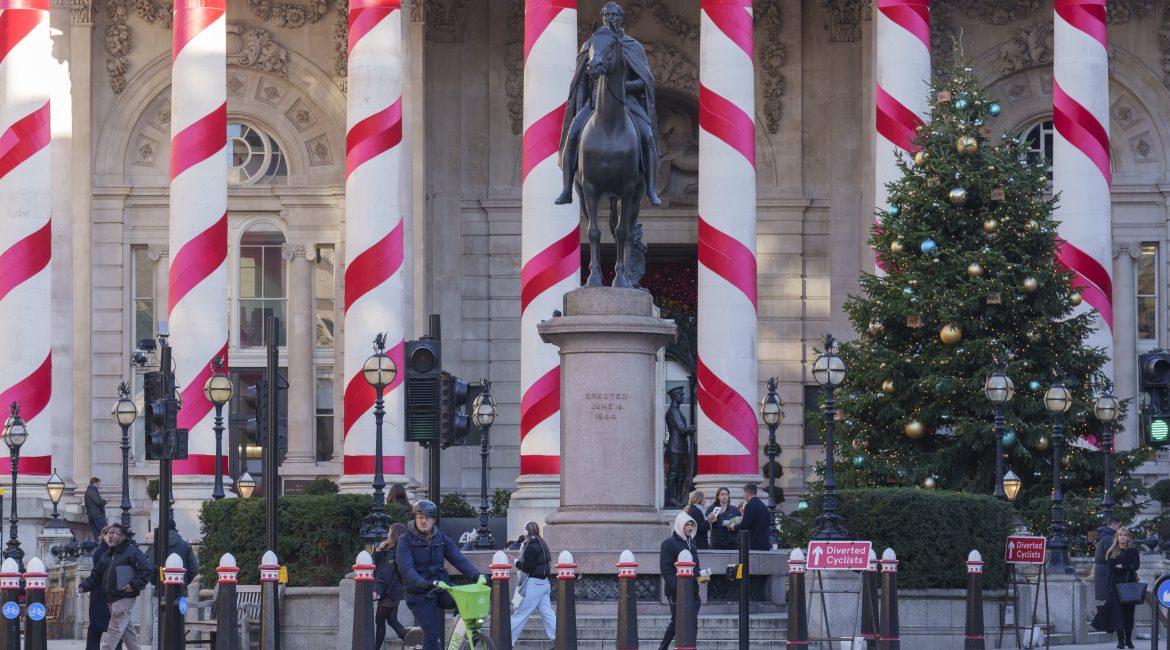
The columns of Royal Exchange are dressed for Christmas, at Bank in the City of London, the capital’s financial district, on 20th November 2024, in London, England.
Richard Baker | In Pictures | Getty Images
LONDON — U.K. inflation rose to 2.6% in November, the Office for National Statistics said Wednesday, marking the second straight monthly increase in the headline figure.
The reading was in line with the forecast of economists polled by Reuters, and climbed from 2.3% in October.
Core inflation, excluding energy, food, alcohol and tobacco, came in at 3.5%, just under a Reuters forecast of 3.6%.
Headline price rises hit a three-and-a-half year low of 1.7% in September, but was expected to tick higher in the following months, partly due to an increase in the regulator-set energy price cap this winter.
“This upwards trajectory looks set to continue over the next few months,” Joe Nellis, economic adviser at accountancy MHA, said in emailed comments on Wednesday, citing the energy market and “the long-term pressure of a tight domestic labor market.”
Nellis added that these structural issues would be “exacerbated by recent decisions made by the Government,” including higher public sector pay settlements, an increase to the minimum wage and pressure on businesses caused by a hike in tax contributions for employers.
Persistent inflation in the services sector, the dominant part of the U.K. economy, has led money markets to price in almost no chance of an interest rate cut during the Bank of England’s final meeting of the year on Thursday. Those bets were solidified earlier this week when the ONS reported that regular wage growth strengthened to 5.2% over the August-October period, up from 4.9% over July-September.
The November data showed services inflation was unchanged at 5%.
Research group Capital Economics said the print “firmly rules out” a BOE December rate cut.
However, the overall inflation figures were broadly in-line with BOE projections, George Dibb, associate director for economic policy at the Institute For Public Policy Research (IPPR), said by email.
“The real concern is the U.K.’s weaker-than-expected growth, now lagging behind the Bank’s own projections,” Dibb said.
The U.K. economy unexpectedly contracted by 0.1% in October, in the second consecutive monthly downturn.
The British pound continued to trade 0.06% lower against the U.S. dollar and 0.19% lower against the euro following the release of the print.
If the BOE leaves monetary policy unchanged in December, it will finish out the year with just two cuts of its key rate, bringing it from 5.25% to 4.75%. The European Central Bank has meanwhile enacted four quarter-percentage-point cuts and this month signaled a firm intention to move lower next year.
The U.S. Federal Reserve is widely expected to trim rates by a quarter point at its own meeting on Wednesday, taking total cuts of the year to a full percentage point. Some skepticism lingers over whether it should take this step, given inflationary pressures.

